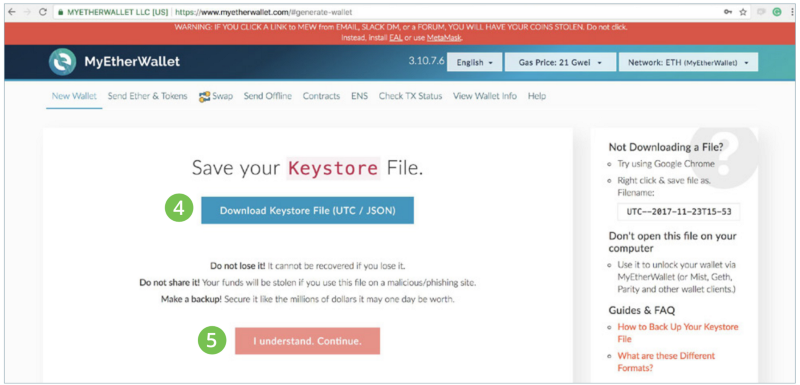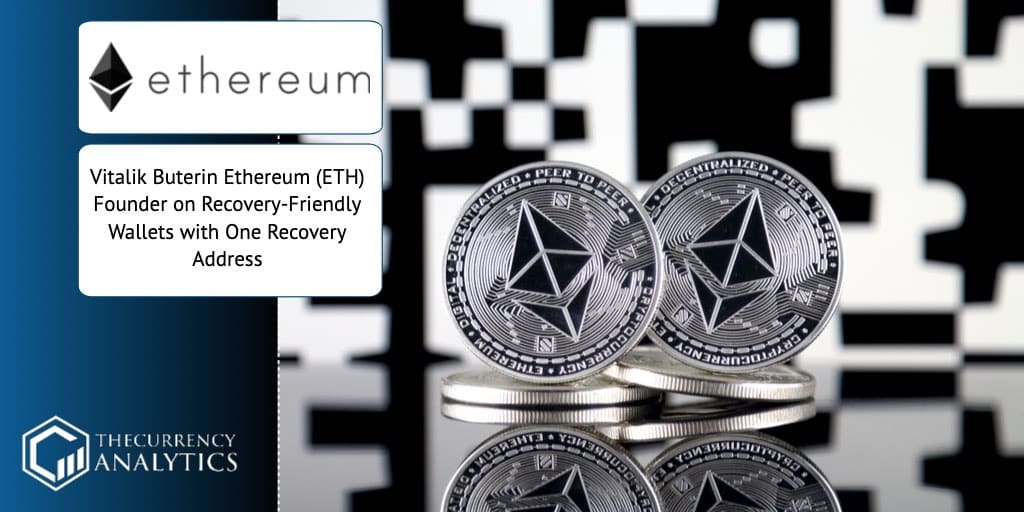
This is because the Ethereum network has many different assets or "tokens" living on it. Your ETH wallet, meanwhile, may contain several different digital assets.

For example, you can create one ETH wallet called "My ETH Savings," and another called "My ETH Trading Wallet." This may help you to organize your funds. Further, for each digital asset, you can create as many wallets as you want. Each of those wallets has its own address, so when you want to receive ETH, you'll need to provide the sender with your ETH wallet address. This means you have a BTC wallet, a BCH wallet, and an ETH wallet. Your Wallet actually consists of multiple wallets, one for each of the blockchains we support. How do I know which Ethereum address to provide? IMPORTANT: Sending digital assets to an address you don't control will likely result in the irreversible loss of your funds. This will autofill your address in the sender's send field.

#Ethereum wallet address code#
Alternatively, the sender can scan the QR code shown in your Wallet app. Tap the clipboard icon to copy the address to your clipboard, then provide the sender with the copied address (by pasting it into an email or message and sending it to the sender). Starting from the app's home screen, scroll through your digital assets and tap the wallet you want to receive to (eg.
#Ethereum wallet address how to#
If you don't know what your Ethereum address is, here's how to find out: You can copy your address to your clipboard and provide it to the sender by email, messaging app, SMS, etc.

To receive ETH, simply provide the sender with your Ethereum address.


 0 kommentar(er)
0 kommentar(er)
